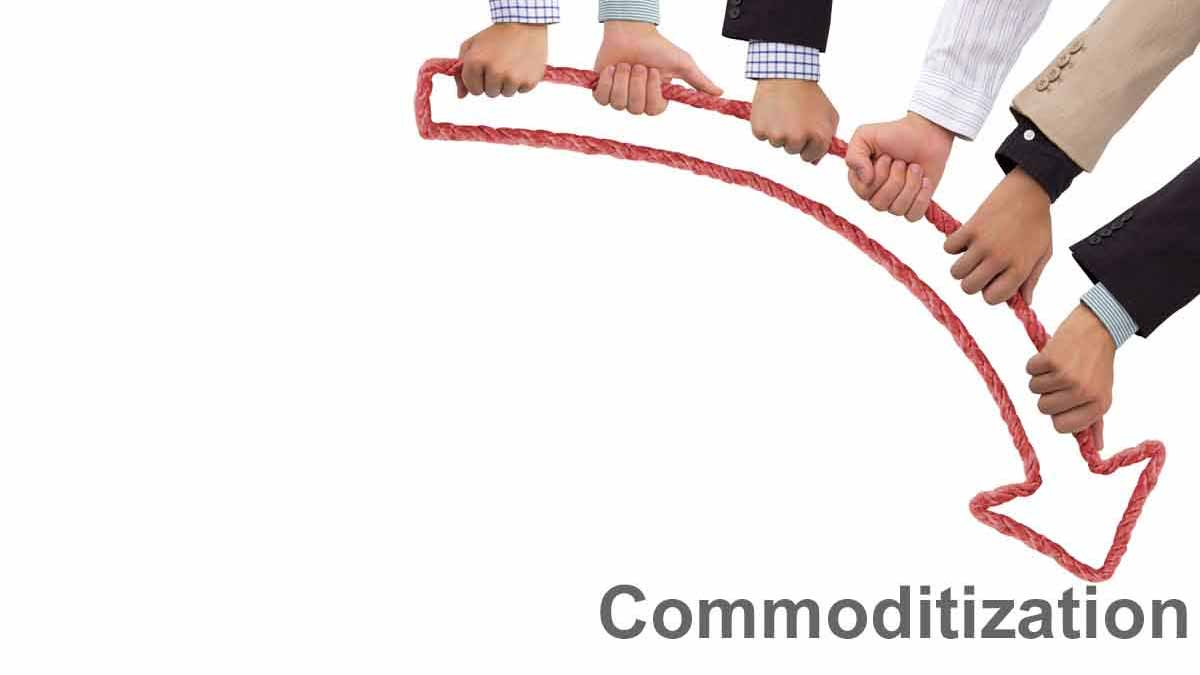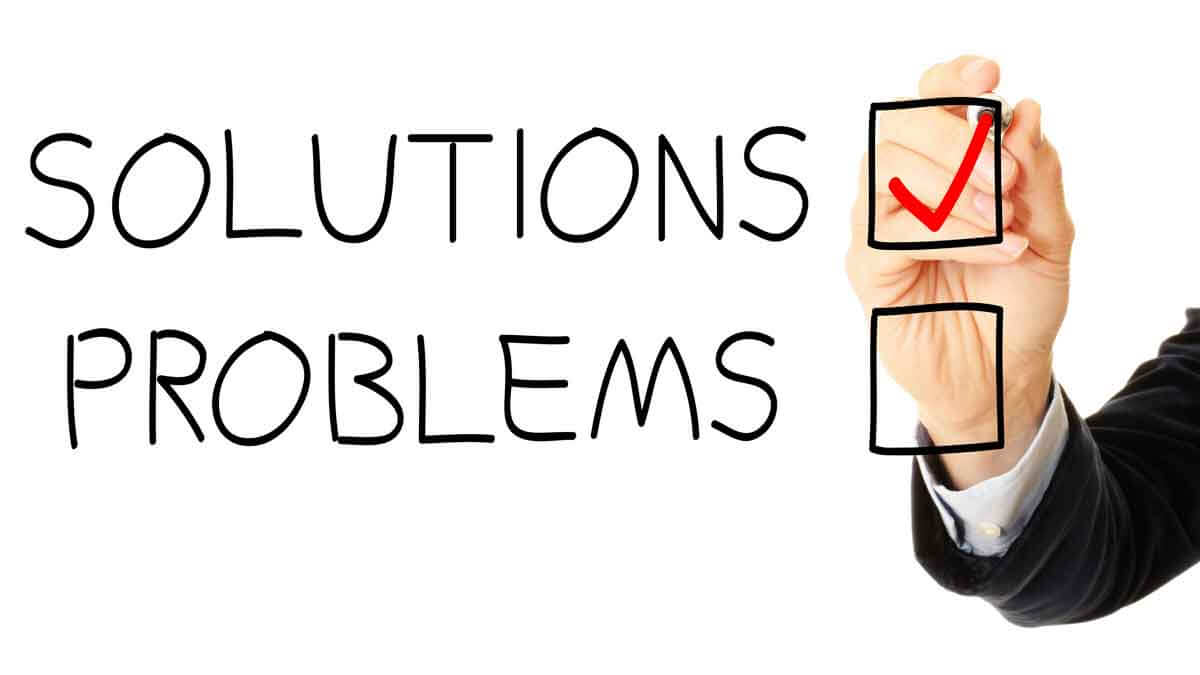Sure, you can develop products that you find exciting. But unless these products address something customers find important and unsatisfied, don’t expect them to buy them. And if customers do buy your product, they certainly won’t pay a premium. If you’re not happy about this, you’ll have to complain to Adam Smith. The best way to know customers are eager for you to meet a need is with Market Satisfaction Gaps.
More in white paper, Market Satisfaction Gaps
The “Build-Measure-Learn” cycle in Lean Startup begins with a hypothesis, and is great for B2C. End-consumers can seldom tell you what will amuse them or increase their sense of self-worth. But knowledgeable B2B customer can predict their desired outcomes. So start with a “Learn” pre-step. Customers will tell you all you need if you know how to ask.
More in white paper, Lean Startup for B2B (page 3)
Let’s learn to moderate focus groups with jobs-to-be-done. Focus groups are a cornerstone of market research, providing valuable insights into consumer behaviors, preferences, and perceptions. Jobs-to-be-done is our primary methodology to understand customer behavior and decision-making. It’s natural to consider the interplay of moderation skills, the special context of the focus group, and the mental ... Read More
Consider three product development stages: front-end, development and launch. Most projects reach commercial certainty in the launch phase, as sales are monitored. But you can move this certainty to the front-end. Nearly all commercial uncertainty can be eliminated before development using the science of B2B customer insight.
More in white paper, Timing is Everything (page 6)
There are many forces dragging your products toward commoditization: competitors trying to imitate your products… purchasing agents trying to standardize your products… new technologies trying to obsolete your products. In your quest toward specialty products, you’ll get no outside help. You own this one, baby.
More in 2-minute video at 9. Avoid the commodity death spiral
B2B companies have huge advantages over B2C, but they may not be obvious. After all, didn’t the same fellow who bought a rail car of soda ash also buy a can of soda pop? Nope. He changed… a lot. B2B customers are more technically savvy, objective, supplier-dependent, and can predict their needs. Careful reflection of these differences leads to different approaches.
More in 2-minute video at 15. Put your B2B advantages to work
Isn’t a fill-in-the-blank customer questionnaire a bit… boring? If instead you keep asking, “Any other problems?”… you’ll have absolutely no idea what the customer will say next. Exhilarating? You bet. Uncomfortable? Perhaps… but only at first. With practice you’ll love it, and you’ll never go back.
More in e-book, Reinventing VOC for B2B (page 12)
Customers own “outcome” space. You own “solution” space. Don’t let them into your space… unless you want to become a contract manufacturer. Instead, enter their space to understand desired outcomes better than competitors. This lets you deliver unique value in your solutions, which is handsomely rewarded though premium pricing. The best way to do this? Use qualitative and quantitative interviews.
More in the video, Reinventing VOC for B2B
Tell me to increase shareholder value and I struggle to identify something I can do as an employee to raise earnings per share. Tell me to understand and increase customer value, and I can think of a dozen things to do, most of them actionable, measurable, and beneficial to our bottom line. Many of these I will find inspiring… as will others. Our research shows companies pursuing shareholder wealth grow slower than others.
More in Chapter 4 of Business Builders by Dan Adams
All growth-oriented innovation starts with customer outcomes. This is what customers want to have happen, with no understanding yet of how it will happen. Nothing a company does can achieve profitable, sustainable growth unless customer value is created… which comes only by improving these outcomes. Want to improve your new product success? Understand your customers’ outcomes in incredible detail.
More in 2-minute video at 22. Immerse your team in customer outcomes









